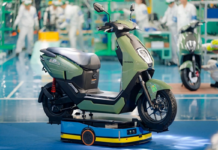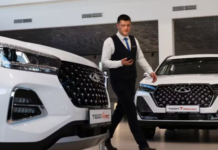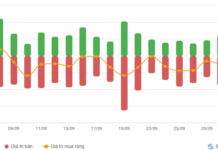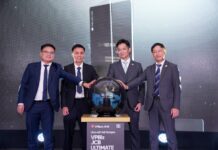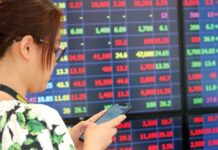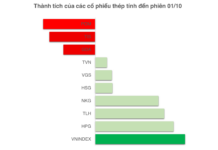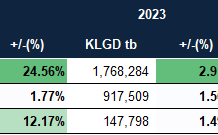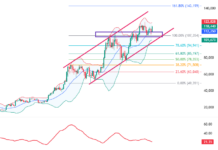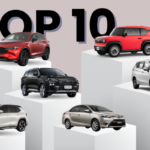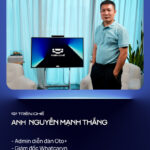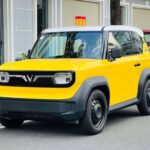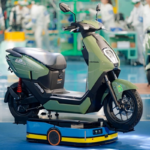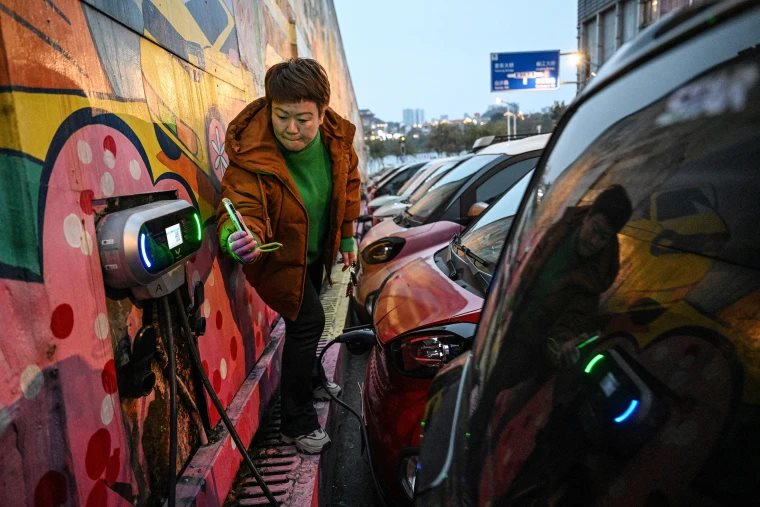
China’s Reverse Gear
China’s electric vehicle revolution seems to have hit a roadblock.
The world’s largest EV manufacturer is flooding international markets with plug-in hybrid electric vehicles (PHEVs) – cars that run on both batteries and gasoline. According to the China Association of Automobile Manufacturers, exports of these hybrids more than tripled in the first half of 2025 compared to the same period last year, while pure electric vehicle (BEV) exports rose by only 40%.
The European market absorbed the biggest wave, with imports of Chinese hybrids increasing more than sixfold, while BEV imports fell by 2%.
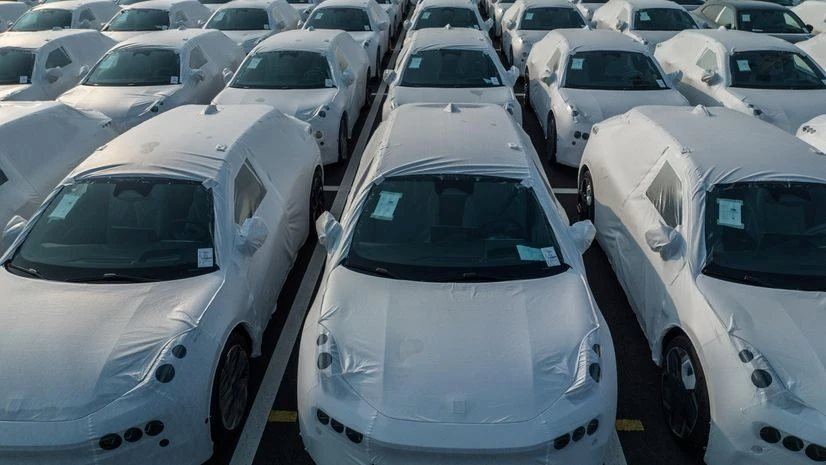
Belgium, the main gateway for cars entering Europe for distribution across the continent, has become the landing spot for most Chinese hybrids, even as Europe struggles with ambitious emissions targets for 2035.
Manufacturers and industry analysts shared with
Rest of World
that this pivot by Chinese automakers, who control over half of global EV demand with 11 million sales annually, indicates the world is not ready to give up internal combustion engines just yet.
While PHEVs emit about 30% less carbon than traditional gasoline cars, their use of fossil fuels could delay the global transition to emissions-free vehicles for years.
“We’ve noticed a strategic shift by Chinese automakers to include PHEVs in their export portfolios,” said Bill Russo, CEO of Shanghai-based consulting firm Automobility.
“In markets where infrastructure or incentives for BEVs are weak, PHEVs offer a practical solution and allow Chinese companies to compete on price, range, and performance.”
Plug-in hybrids now account for nearly a third of China’s total electric vehicle exports. They’ve turned what was once an export strategy focused solely on BEVs into a multi-pronged approach, addressing infrastructure limitations and consumer range anxiety.
BYD, one of China’s largest automakers, now exports nearly twice as many plug-in hybrids to Brazil, its biggest overseas market, as pure electric models.
The company’s agility reflects the flexibility Chinese automakers have developed to meet the demands of international markets.
European trade policies have further fueled this trend. While the European Union imposes additional tariffs on Chinese BEVs to protect local manufacturers, PHEVs slip through these trade barriers, creating an unexpected loophole that Chinese companies have fully exploited.
The charging infrastructure gap remains the fundamental driver of this shift. Markets from Southeast Asia to Latin America lack the necessary network of charging stations to support mass BEV adoption, making hybrids an attractive compromise that addresses range concerns while offering some environmental benefits.
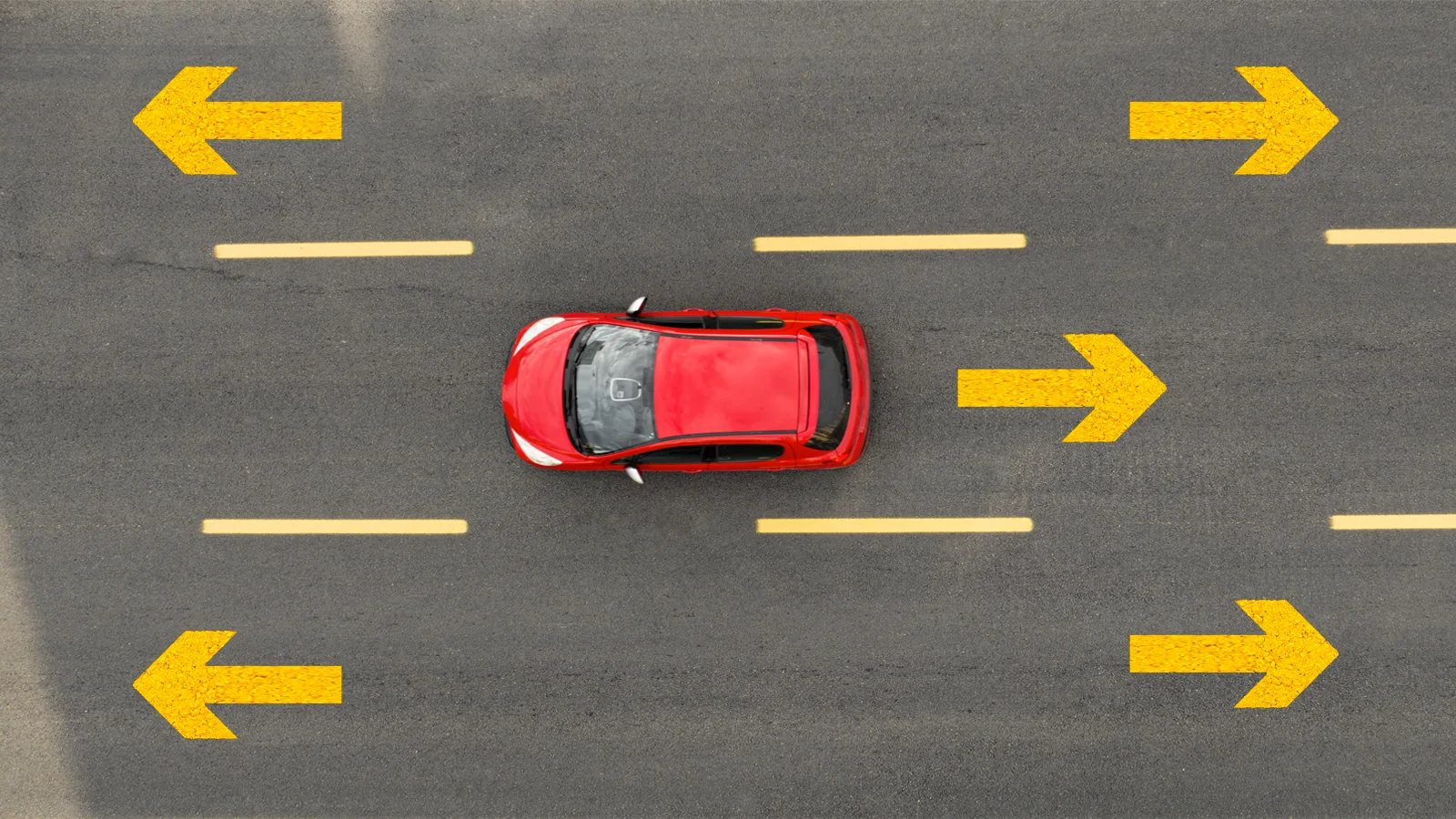
“If I only focus on pure electric vehicles, I will miss out on 50% of the new energy vehicle market,” said Vincent Wong, executive vice president of Chinese automaker SAIC-GM-Wuling, at the Gaikindo Indonesia International Auto Show in July.
“PHEVs have their own position. The transition to pure electric vehicles really depends on each country’s policies and ecosystem.”
China’s Flexibility Advantage
Japanese automakers pioneered the hybrid trend decades ago, with Toyota and Honda leading the way. Their traditional hybrids generate electricity while driving and braking without needing to be plugged in.
Chinese companies entered the game much later with a different approach: plug-in hybrids that owners can charge at home or at charging stations, allowing them to travel longer distances on electricity before the gasoline engine kicks in.
“Most people tend to think in terms of, ‘Will the world go fully electric, or will it stick with gasoline?'” said Michael Dunne, former president of General Motors, to
Rest of World
. “The reality is, there will be a diverse allocation of powertrains depending on the customer, region, country, and income level.”
China’s PHEV export boom may last three to five years before battery technology and infrastructure catch up with ambitions. But he also emphasized that, despite the current shift, the long-term potential for EVs remains significant, and the rise of hybrids is more tactical than strategic.
“This is a transitional phase, not a reversal,” Russo said.
The agility of Chinese automakers in offering multiple powertrain options gives them a distinct advantage. Unlike competitors committed to a single technology, Chinese companies can adjust their product portfolios to fit local conditions and regulations.
Analysts say many Chinese automakers will continue producing hybrids as long as there is demand. Solidifying their domestic market success has made export wins crucial, regardless of the technology under the hood.
Forecasts of a rapid and comprehensive shift to BEVs have given way to a more complex reality where multiple technologies will coexist longer than expected.
“PHEVs are a transitional bridge – they’re better than pure gasoline,” Dunne said. “The pace of the shift to EVs is not as fast as some expected, but it’s still heading in the right direction.”
‘After the Mustang Mach-E, Ford Vietnam Could Go Big with Performance-Focused Bronco and Ranger’
“Ford Vietnam is making a statement with the Mustang Mach-E, according to expert Nguyen Manh Thang. He believes that Ford doesn’t need to focus on sales numbers as the target audience for this vehicle are true enthusiasts. The Mustang Mach-E is a powerful statement of Ford’s brand positioning in the country.”
The Great Hanoi Vehicle Inspection: A Comprehensive Review of Gas and Petrol-Powered Automobiles
The Hanoi authorities have instructed 126 communes and wards to survey and identify potential land plots for the installation of charging stations catering to clean energy vehicles. This initiative involves the comprehensive survey and data collection of the current gasoline, diesel, and electric car and motorbike fleet, facilitating a seamless transition to cleaner transportation options.


